All posts by Walter Frei

Exploiting Hardware Parallelism with COMSOL® Batch Sweeps
What is a batch sweep? How do I set up a batch sweep for my model? How much batch parallelism can COMSOL Multiphysics® exploit? We answer these questions and more…
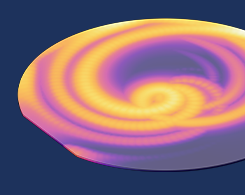
How to Use State Variables in COMSOL Multiphysics®
As of COMSOL Multiphysics® version 5.5, you can use state variables to track the state of your model; affect other fields, such as material properties; and even implement hysteresis.

Modeling the Scattering of Light Off of an Object on a Substrate
A common modeling scenario in wave electromagnetics: computing the scattering of light off of a structure patterned on top of a uniform dielectric substrate.
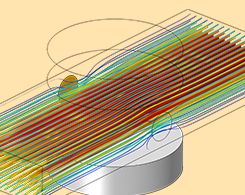
Building a Magnetohydrodynamic Multiphysics Model in COMSOL®
Magnetohydrodynamic models call for fluid dynamics and electromagnetics couplings. To do so, you can set up bidirectional couplings between all physics equations or building a simplified model.

Using Discontinuous Meshes for Conjugate Heat Transfer Modeling
You can use different discontinuous meshes in neighboring domains in COMSOL Multiphysics®. This capability comes in handy, particularly when modeling conjugate heat transfer problems.

3 Approaches to Modeling Moving Loads and Constraints in COMSOL®
Learn 3 ways to model moving loads and constraints in COMSOL Multiphysics®: using variables, interpolation functions, and paths imported from CAD geometries.

How to Model Conductors in Time-Varying Magnetic Fields
You can use the AC/DC Module to perform frequency-domain simulations for conductors in time-varying magnetic fields by describing the skin effect.

Common Pitfalls in Electrothermal Analysis
In the real world, electromagnetic heating often involves a nonlinear temperature. Learn some common pitfalls that occur during this type of electrothermal analysis and how to overcome them.
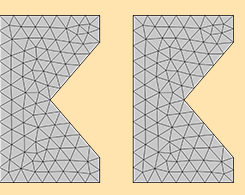
Should I Fillet the Geometry in My Electromagnetic Heating Analysis?
You want to analyze electromagnetic heating around sharp corners in your simulation. Do you round off the corners by adding a fillet? We go over cases where you should and shouldn’t do so.
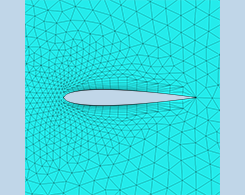
Which Turbulence Model Should I Choose for My CFD Application?
Modeling turbulence in the COMSOL® software? Find out which turbulence model you should use, depending on your CFD modeling scenario.

How to Use Model Methods to Accelerate Your COMSOL® Workflow
Methods aren’t just for enhancing simulation applications built in the Application Builder. In fact, you can create methods to streamline and automate repetitive modeling operations.
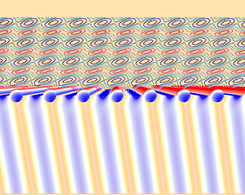
How to Model the Optical Properties of Rough Surfaces
We develop a computational model for calculating the optical properties of rough surfaces, such as incident light on a dielectric material with random variations in height and thickness.
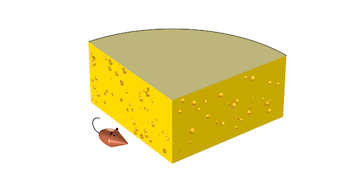
How to Create a Randomized Geometry Using Model Methods
What does cheese have to do with setting up a COMSOL Multiphysics® model? Here, we use the random holes in a piece of Swiss cheese to demonstrate creating randomized geometries with methods.
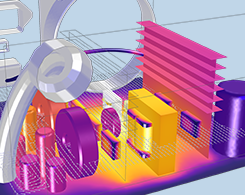
Modeling Natural and Forced Convection in COMSOL Multiphysics®
Get an overview of several approaches for modeling natural and forced convection in COMSOL Multiphysics®, starting with the simplest method and adding complexity from there.
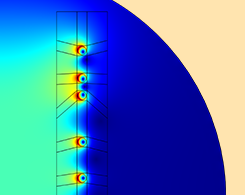
How to Optimize the Spacing of Electromagnetic Coils
Did you know that you can maximize the magnetic field strength of your electromagnetic coil designs by optimizing the spacing between the coils?

3 Ways to Optimize the Current in Electromagnetic Coils
We give you 3 ways to optimize the current in electromagnetic coil designs using the AC/DC Module and Optimization Module, add-on products to COMSOL Multiphysics®.
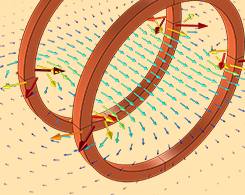
How to Postprocess Fields over Arbitrary Geometries
Check out this useful modeling trick: You can query the results of your model within an arbitrary geometric subregion by implementing an integration during postprocessing.
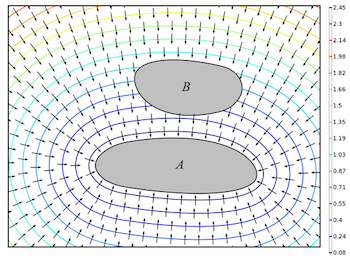
How to Compute Distances Between Objects in COMSOL Multiphysics®
Compute the distance between two deforming objects in the COMSOL Multiphysics® software. Here’s how…
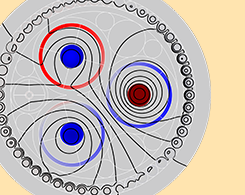
How to Model the Electromagnetic Heating of Underground Cables
Underground power cables are beneficial in many ways, but they are also subject to overheating. To design better cables, we can model their electromagnetic heating in COMSOL Multiphysics.

Part 2: Modeling the Harmonic Excitations of Nonlinear Systems
Learn how to model the harmonic excitations of a linear system in COMSOL Multiphysics® in this comprehensive tutorial post. Part 2 of 2.
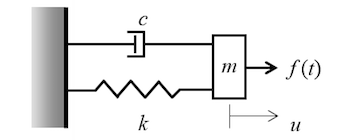
Part 1: Modeling the Harmonic Excitations of Linear Systems
Learn how to model the harmonic excitations of a nonlinear system in COMSOL Multiphysics® in this comprehensive tutorial post. Part 1 of 2.
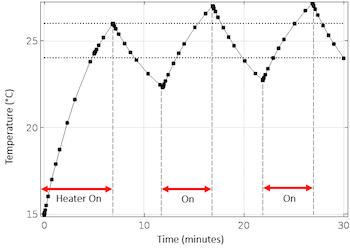
How to Implement a Delay in Your Thermostat Simulation
When simulating a thermostat in COMSOL Multiphysics®, you can implement a delay for short-cycling in addition to the on and off setpoints. See how here.
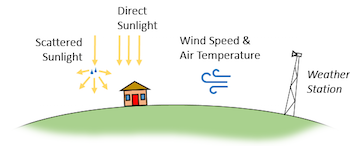
Thermal Modeling of the Air Flow Inside and Around Your House
Learn step by step how to set up a thermal model of the airflow in and around a house, including how to implement tabulated meteorological data from the historical ASHRAE database.
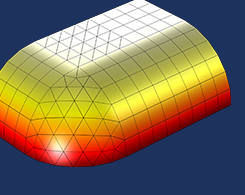
Exporting Meshes and Solutions Using the Application Builder
You can easily export mesh and analysis data from COMSOL Multiphysics® into a text file. How? Using the Application Builder. We show you how here.
